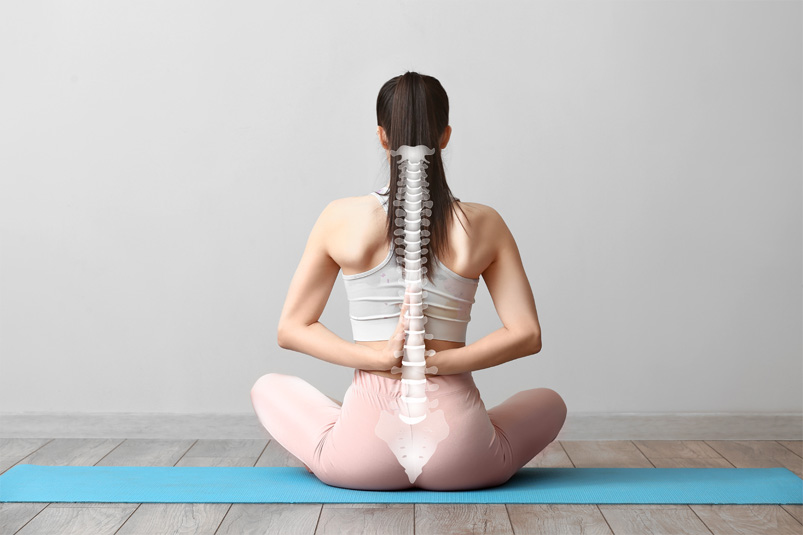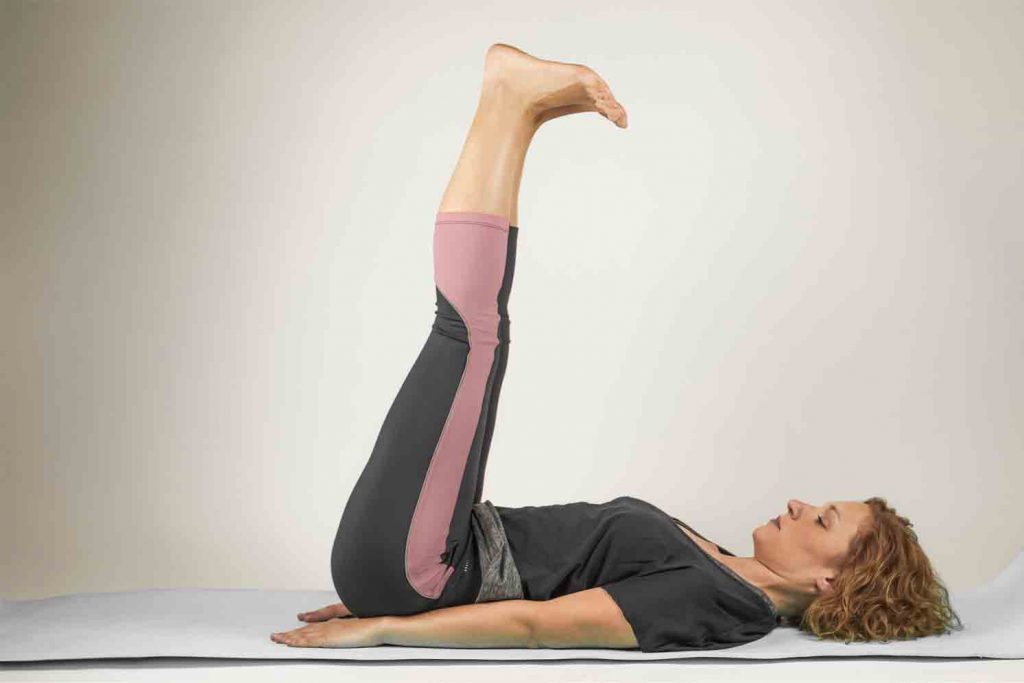Are you suffering from spondylolisthesis and looking for natural ways to manage your pain? Yoga might be the answer you are looking for! In this article, we will discuss how yoga can help alleviate the symptoms of spondylolisthesis and improve your overall quality of life.

Understanding Spondylolisthesis
Spondylolisthesis is a spinal condition that occurs when one vertebra slips forward over the vertebra below it. This can lead to a number of painful symptoms, including lower back pain, leg pain, and stiffness.
The Benefits of Yoga for Spondylolisthesis

Yoga is a low-impact form of exercise that can help improve flexibility, strength, and balance. By practicing yoga regularly, you may be able to:
- Reduce pain and stiffness in the lower back
- Strengthen the muscles supporting the spine
- Increase range of motion and flexibility
- Improve posture and alignment
- Promote relaxation and reduce stress
Best Yoga Poses for Spondylolisthesis
While there are many yoga poses that can be beneficial for spondylolisthesis, it is important to practice them correctly and with proper modifications. Here are a few poses that can help alleviate pain and improve mobility:
- Cat-Cow Stretch
- Child’s Pose
- Sphinx Pose
- Cobra Pose
- Bridge Pose
- Downward Facing Dog
Precautions and Modifications
It is important to approach yoga with caution if you have spondylolisthesis, and to work with an experienced yoga teacher who can help you modify poses to suit your needs. Here are some general tips to keep in mind:
- Avoid poses that require bending forward or twisting the spine
- Use props such as blocks, blankets, and straps to support your body
- Practice gentle, slow movements
- Listen to your body and avoid any poses that cause pain or discomfort
Incorporating Yoga into Your Routine
If you are new to yoga, it is important to start slowly and gradually build up your practice. Aim to practice yoga for at least 20-30 minutes a day, several times a week. You can also try incorporating yoga into your daily routine by:
- Taking a yoga class at your local studio or gym
- Practicing at home using online videos or apps
- Doing a few simple stretches before bed or in the morning
- Taking breaks throughout the day to stretch and move your body
Yoga can be a safe and effective way to manage the symptoms of spondylolisthesis and improve your overall health and well-being. By practicing yoga regularly and with proper modifications, you can find relief from pain and stiffness, and enjoy a more balanced and active life.
So, what are you waiting for? Roll out your yoga mat and start your journey to better health today!
